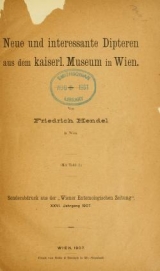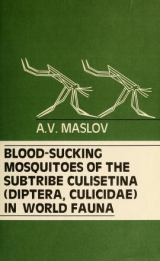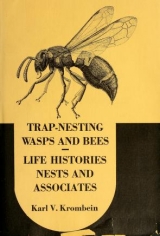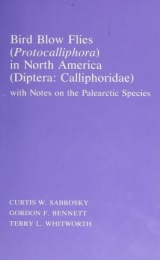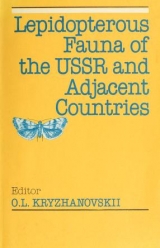Sturm first came to the attention of the scientific world at the age of sixteen, when he was sent by his ailing father to deliver a copperplate engraving of insects for a work by Pallas. The botanist Johann Christian Daniel Schreber (1739-1810), overseeing the publication, rejected the father's plate and sent Jakob to the physician and entomologist Georg Wolfgang Franz Panzer (1755-1829), living in Nuremberg, to see the insects in question and make the engraving. His plate succeeded where his father's had failed, and the course of his life was set. Schreber and Panzer remained life-long patrons and friends of Sturm, for whom he did some of his most famous work and through whom he met and worked with many of the most prominent natural scientists in Germany, including Esper, Hoffmann, Hoppe, Nees von Essenbeck, and Sternberg.
In 1796 Sturm published the catalog of his own insect collection, reproduced here. It also is quite small, only 14 cm. (5 1/4 in.) tall. As a result of his work and expanding network of contacts with entomologists and other scientists, his collection grew so rapidly that he issued an enlarged second edition only four years later, in 1800, and eventually a third in 1826 and a fourth in 1843. His became one of the largest and most valuable private collections in Europe, consulted and cited by entomologists throughout the scientific world.
As the measurements of many of his publications indicate, most of Sturm's engravings were very small. He wanted his works to be accessible and inexpensive, unlike the beautiful but over-sized and pricey "coffee-table" folios available only to the wealthy. Wilfred Blunt and William T. Stearn note (The Art of Botanical Illustration, 1994, p. 258-60): " Engravings of the German flora existed already; but, as Sturm wrote in 1796, ‘some of them are badly drawn and coloured; some have been broken up and dispersed; some are only to be found in large and splendid publications which often even the lover of botany does not get a chance of seeing once in a lifetime.' He thus deliberately chose this minute format in order to make a knowledge of the German flora available by pictures to as many as possible and as cheaply as possible. Despite their smallness, they carry a surprising amount of detail."











